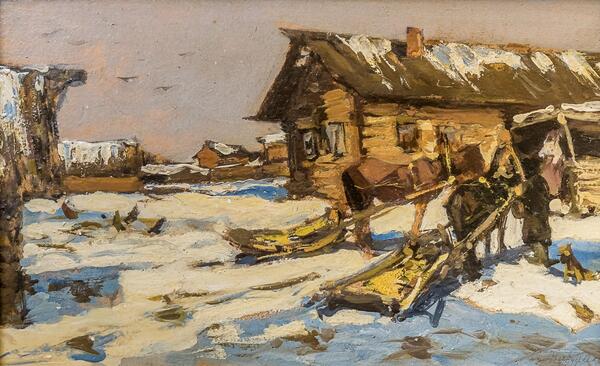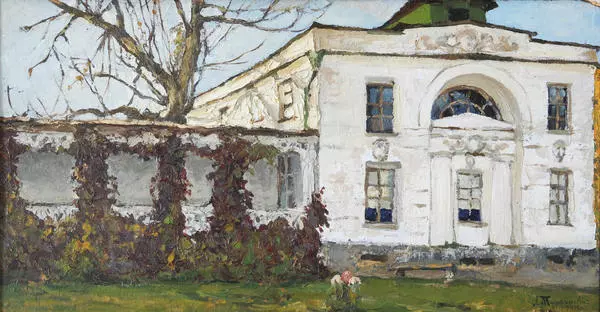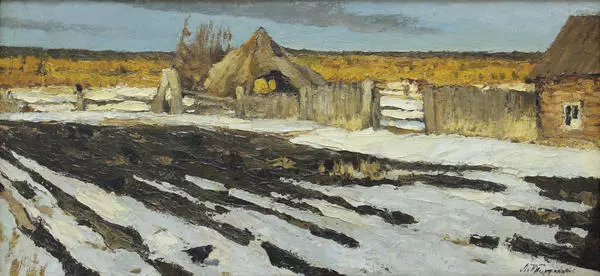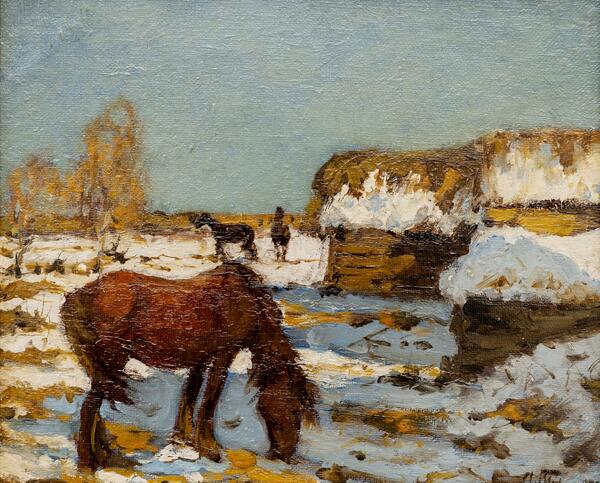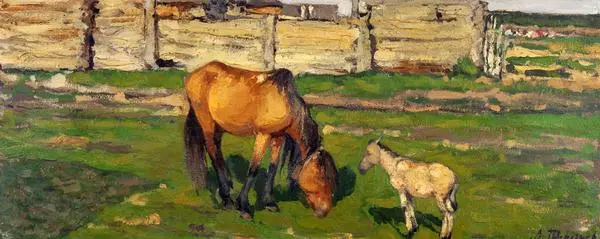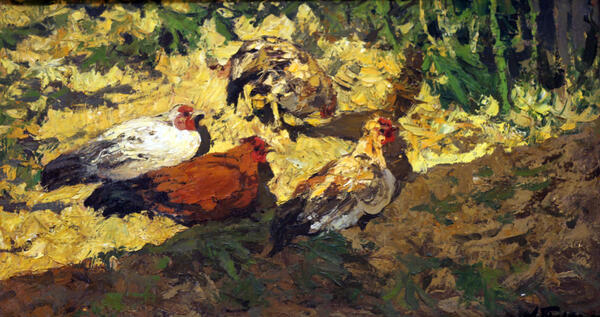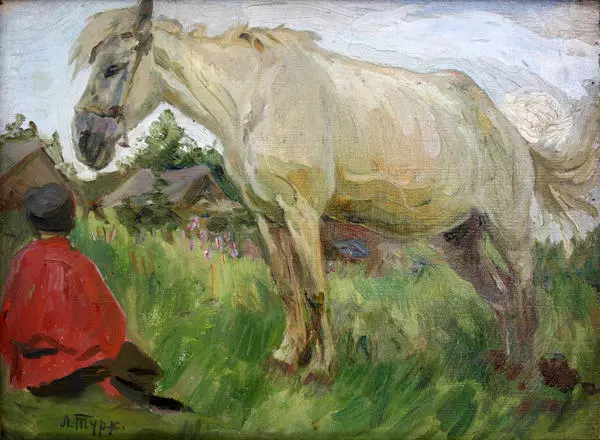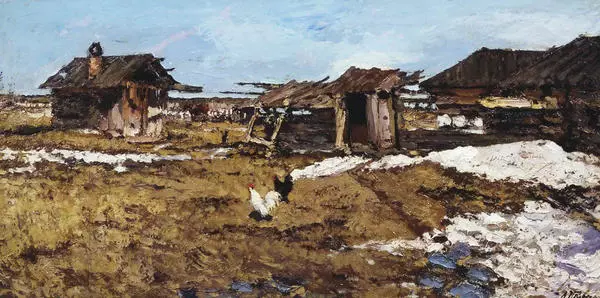Leonard Viktorovich Turzhansky was an artist most known for his traditional lyrical landscapes of the Russian North and the Urals.
He was born into the family of a doctor in Yekaterinburg. Even as a child, he was passionate about painting and took private lessons from the artist Nikolay Mikhailovich Plyusnin. At the Moscow School of Painting, Sculpture and Architecture he studied under Vasily Nikolaevich Baksheev, Valentin Alexandrovich Serov and Konstantin Alekseyevich Korovin. In the early period of his work, he created genre paintings and portraits, but the main genre of his life was landscape. His best works were purchased for the Tretyakov Gallery.
Leonard Viktorovich Turzhansky was one of the active members of the Union of Russian Artists — one of the largest art organizations of the early 20th century, which developed the traditions of the Russian landscape school, founded by the Itinerants. Leonard Turzhansky took part in exhibitions organized by the Union of Russian Artists, the Society for Travelling Art Exhibitions, as well as in international and Soviet art exhibitions.
The Novokuznetsk Art Museum houses two works by Leonard Viktorovich Turzhansky:
“Landscape with a Horse” (1912) and “Warm Evening” (1912). The former was received in 1969 from the Directorate of Art Funds of the Ministry of Culture, and the latter was acquired from the collector S.A. Davydov. Both landscapes were painted during the most fruitful period of the artist’s work and are characteristic of his style.
The landscape “Warm Evening” was painted in 1912. It shows a calm evening in early spring. The whole picture is replete with the charm of the upcoming transformation. The branches of the trees are already green with swollen buds gaining strength to bloom. A white- throated magpie sits motionless in the branches. The snow melts, exposing last year’s grass, which has not yet had time to give way to new shoots. The thawed snow creates puddles that reflect the blue sky.
The awakening of the earth inspired the artist, and
he could not resist “the breath and the first meeting of spring”, experiencing
this feeling once again in the created landscape. “Warm Evening” reveals the
unpretentious beauty of nature in central Russia. The color palette is rather
limited and calm, built on the range of “earthly” colors — reddish-browns and
greenish-yellows. The simple, familiar everyday objects and phenomena that are
depicted in many of Turzhansky’s works are full of a sense of genuine life and
sublime poetry.


